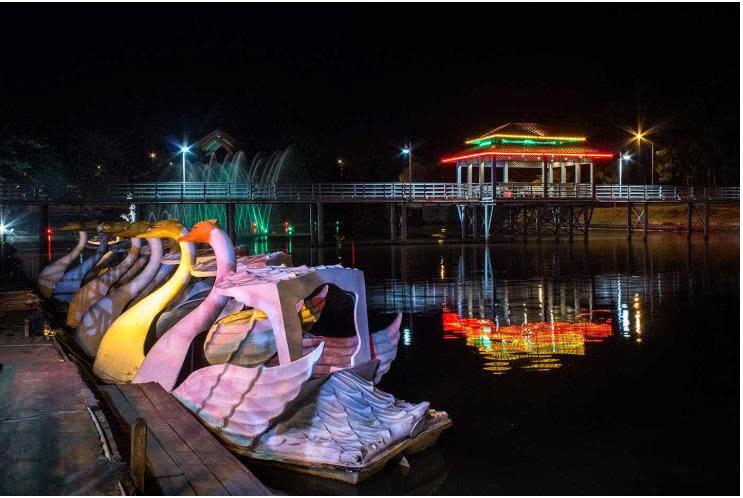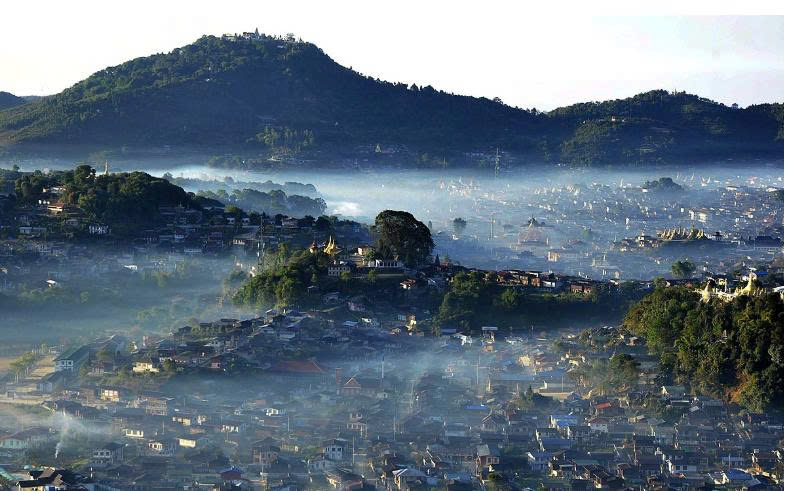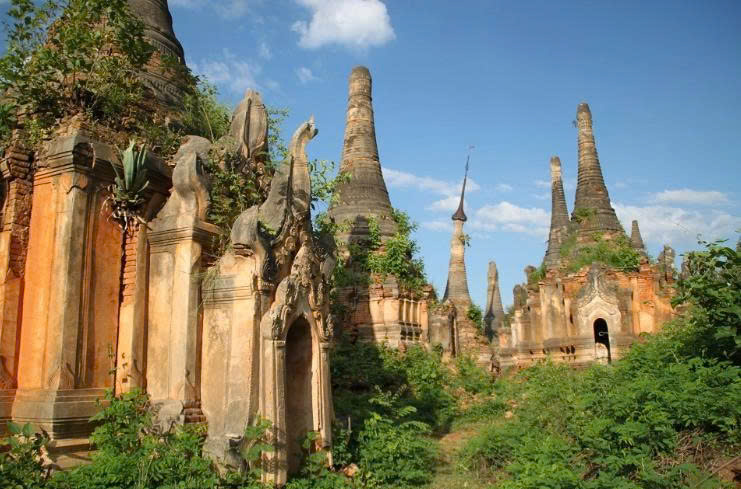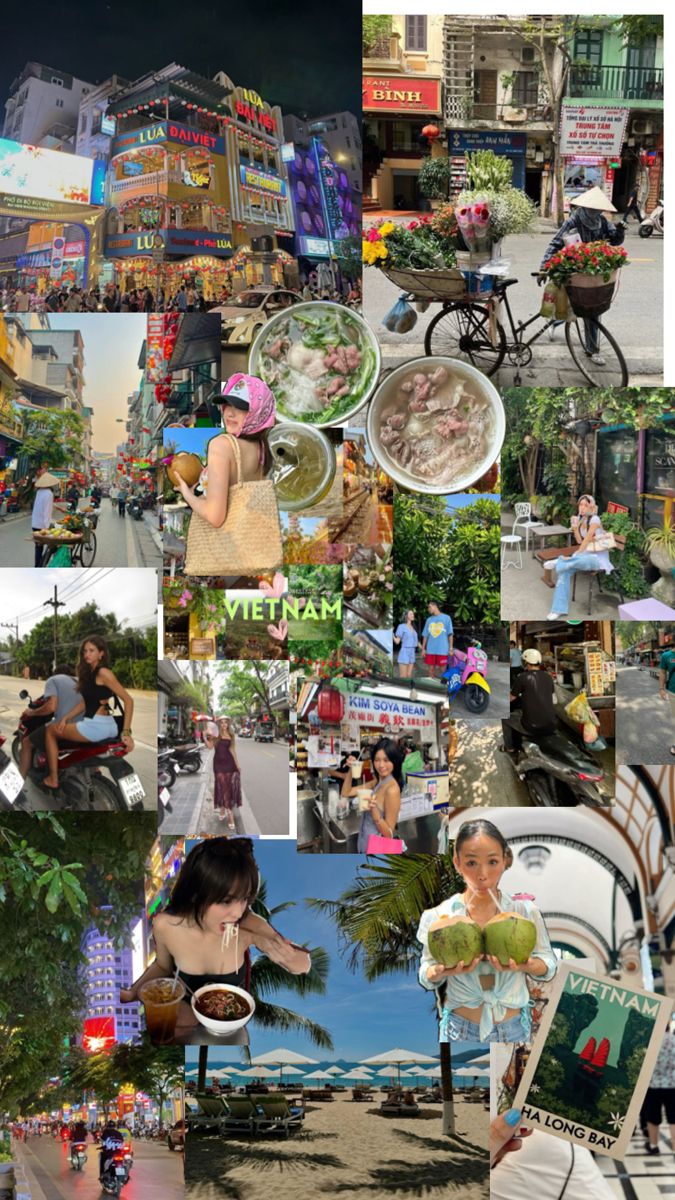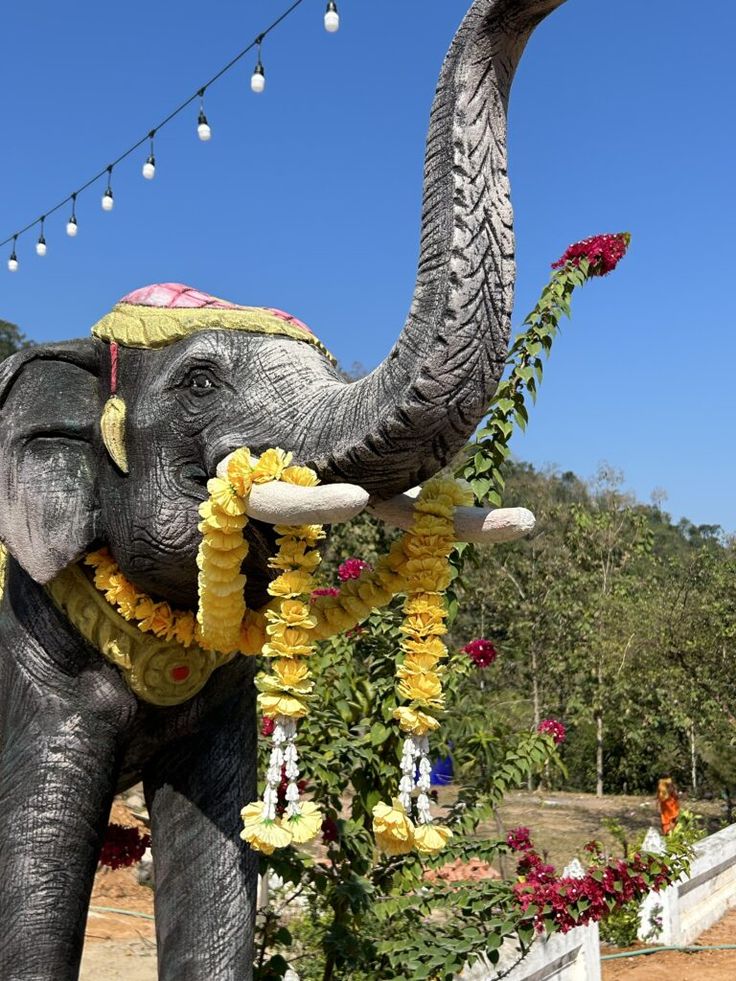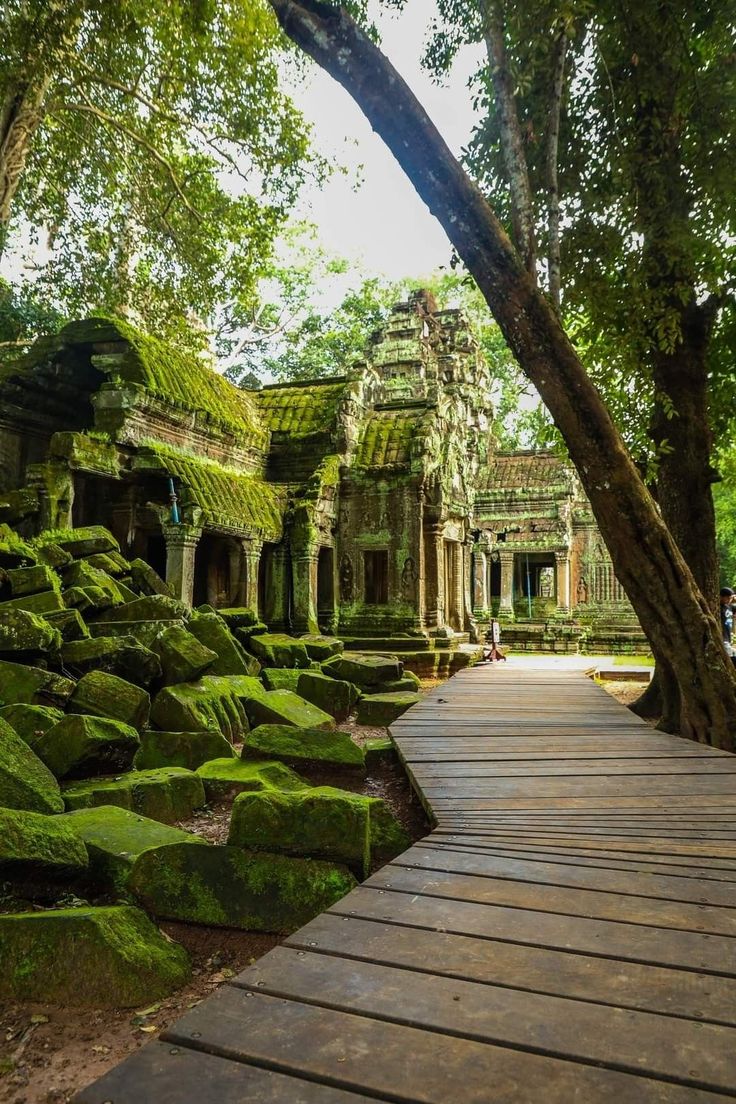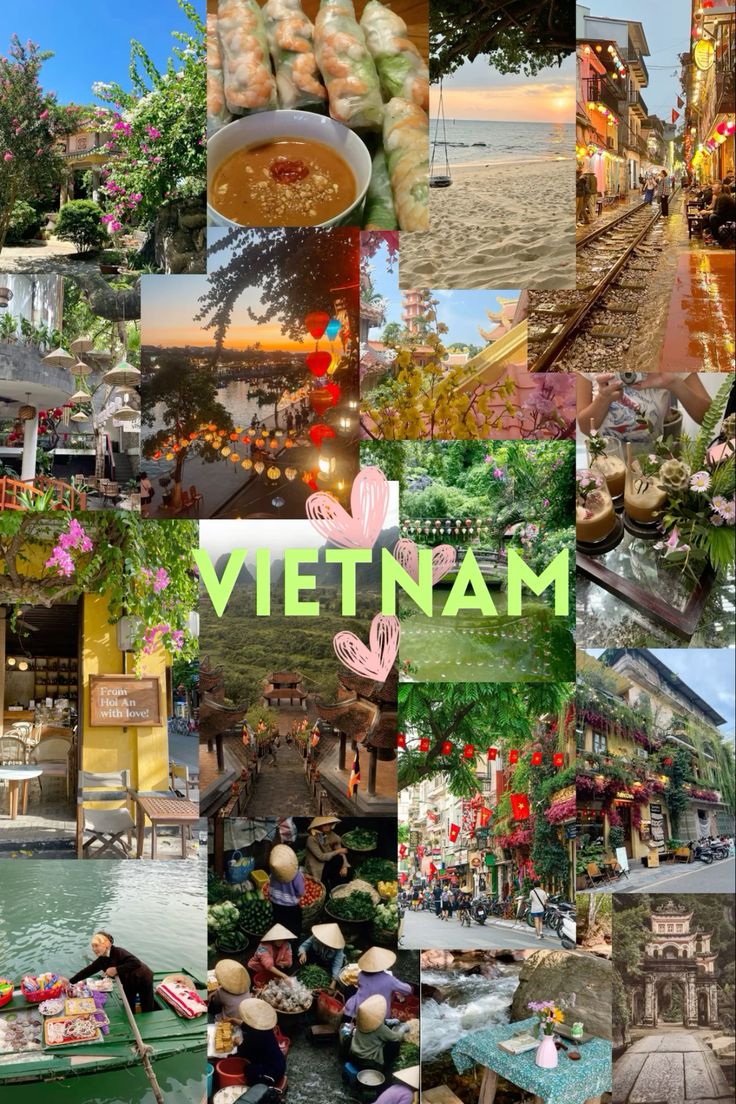Myanmar’s landscape holds more than ancient temples and bustling markets – scattered across the country are forgotten places where time seems to have stopped. From eerily empty capitals to crumbling colonial relics, these abandoned corners tell stories of political upheaval, economic shifts, and the relentless march of history.
Naypyidaw: The World’s Strangest Capital
The most famous of Myanmar’s “ghost towns” is actually its current capital. Drive five hours north of Yangon and you’ll find Naypyidaw, a massive modern city that appears abandoned. Built in the mid-2000s to replace Yangon as the capital, this planned city was designed for millions but remains largely empty.
There are more water buffalo on the massive 20-lane highways than cars, creating a surreal landscape of pristine government buildings, manicured gardens, and empty roads. The city spans an area larger than Singapore, complete with separate zones for government, military, residential, and commercial purposes. Yet most zones remain eerily quiet.
The Parliament building rises like a golden pyramid from perfectly manicured lawns, while the Presidential Palace sits behind heavily guarded gates in a landscape so sterile it feels artificial. Shopping malls echo with emptiness, and the few hotels cater mainly to government officials and bewildered tourists. The safari park, water park, and golf courses exist in a bubble of enforced normalcy, maintained by staff who commute from other cities because so few people actually live in Naypyidaw.
The Ghost City
It’s a modern-day Pompeii—not destroyed by disaster, but by ambition that exceeded reality and a government’s desire to control itself from isolation.
Colonial Relics: Yangon’s Forgotten Grandeur
Yangon’s colonial district harbors numerous abandoned and deteriorating British-era buildings, each one a time capsule from the imperial age. Walking through downtown Yangon feels like exploring a living museum where grand colonial architecture slowly succumbs to tropical decay.
The old Secretariat Building, where British Burma was administered, stands as perhaps the most poignant example. This imposing red-brick complex witnessed the assassination of independence hero General Aung San in 1947, and today its empty corridors and crumbling walls echo with the ghosts of colonial bureaucracy. The building’s towers and central dome collapsed during a 1930s earthquake and were never rebuilt, leaving it as a monument to interrupted ambitions.
The Pegu Club, once the social heart of colonial society, now stands as a hollow shell of its former glory. This teak-built mansion served as an all-white gentlemen’s club where British officers played billiards and planned their administration of Burma. Today, its grand ballroom hosts only dust and memories, while tropical vegetation slowly reclaims its once-manicured gardens.
The Strand Hotel’s neighboring buildings tell similar stories—former banks, trading houses, and government offices that once hummed with colonial commerce now stand in various states of abandonment. Some are being restored, others continue their slow surrender to time, creating a neighborhood where past and present exist in uneasy tension.
Hidden Ruins Beyond the Cities
Away from the main tourist trails, Myanmar hides smaller forgotten places that speak to different chapters of its past. The country’s diverse geography and turbulent history have created pockets of abandonment that range from the romantic to the haunting.
Former British hill stations in Shan State contain abandoned rest houses and administrative buildings, their wooden structures slowly being reclaimed by jungle vegetation. Places like Kalaw and Taunggyi still show traces of colonial retreat centers where British officials once escaped Burma’s oppressive heat. Some of these buildings now serve as local schools or community centers, while others stand empty, their wide verandas and high ceilings testament to a different era’s architectural priorities.
Mining towns that once thrived during the ruby and jade booms now sit empty, their boom-and-bust cycles leaving behind only shells of former prosperity. In Mogok, the legendary ruby mining center, you can find abandoned processing facilities and miners’ quarters that speak to the region’s volatile relationship with precious stones. Similarly, jade mining areas in Kachin State contain remnants of extraction operations that flourished during different political periods.
Mogok – Land of Rubies
The Stories They Tell
Myanmar’s abandoned places aren’t just tourist curiosities – they’re repositories of the country’s turbulent 20th century. The empty government buildings of Naypyidaw reflect the military’s desire for control and isolation from the populace. Colonial ruins represent the broader loss of heritage structures, with only a few colonial-era buildings surviving among Myanmar’s remaining architectural treasures.
Each abandoned corner holds layers of political decisions, economic upheavals, and social changes that shaped modern Myanmar. They remind visitors that behind the country’s ancient pagodas and vibrant culture lies a more recent history of dramatic transformations and unfulfilled ambitions.
Exploring Responsibly
When visiting Myanmar’s forgotten places, remember that many are on private property or have cultural significance. Some colonial buildings are undergoing restoration efforts, while others remain structurally unsafe. Always seek local guidance, respect “no entry” signs, and remember that these sites are part of living communities, not just historical curiosities.
Photography is generally welcomed, but be sensitive about taking pictures of people’s homes or religious sites without permission. Many of these abandoned places are surrounded by active communities who have their own relationships with these ruins—some practical, some spiritual, all deserving of respect.
Consider hiring local guides who can provide context and ensure you’re exploring safely. They often know the stories behind the abandonment and can point out details you might otherwise miss. Plus, your guide fees contribute to local economies that may have been impacted by the very economic changes that created these ghost towns in the first place.
These forgotten corners offer a different perspective on Myanmar—one that complements the golden pagodas and bustling markets with stories of abandonment, ambition, and the complex forces that shape nations. They’re reminders that even in a country obsessed with preserving its ancient past, the more recent history continues to unfold in unexpected ways, leaving its own ruins for future generations to discover and interpret.
Anvui hopes that the knowledge shared above will be useful to you. Don’t forget to visit Anvui Travel’s YouTube channel to see wonderful travel moments. Customers are looking for a professional, affordable tour operator. Don’t hesitate to contact Anvui De Voyage via info@anvuitravel.com or (Hotline): +84 912 683 908!
#MyanmarOldTowns #MyanmarTravel #MyanmarDestinations #anvuitravel #traveltovietnam #tourtovietnam #govietnam #vietnamtour #vietnamvisa #travelagent #vietnamtravelagent #vietnamdmc #travelagentinvietnam #vietnamlocaldmc #localdmc #localdmcvietnam #vietnamtravelexperts #Localdestinationspecialists #Vietnamculturaltours #Customizedtourpackages #Tailormadetravelitineraries #Fullservicetravelprovider #Onestoptravelsolution #Localtouroperator #TrustedDMCpartner #Reliabletouroperations #SustainabletourismVietnam #Responsibletourism #Community-focusedtourism #Vietnamluxurytravel #B2Btravelpartnerships #Travelagencypartnerships #LicensedtouroperatorsVietnam #Competitiveratesforagents #Cost-effectiveDMCservices #Localsupportforinternationalagents



